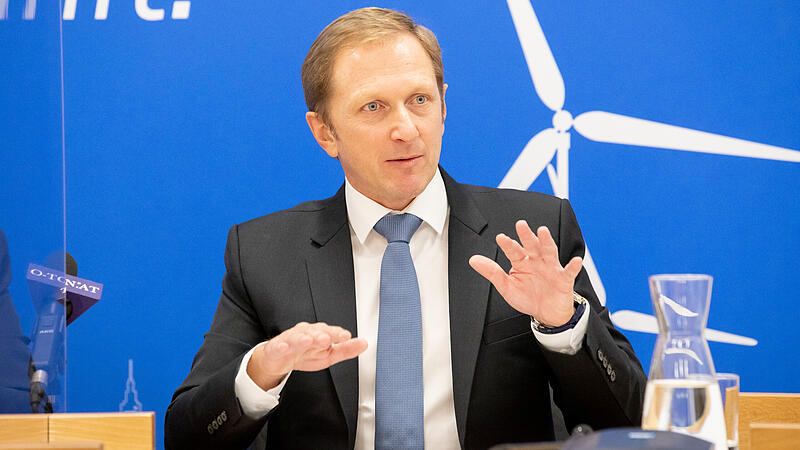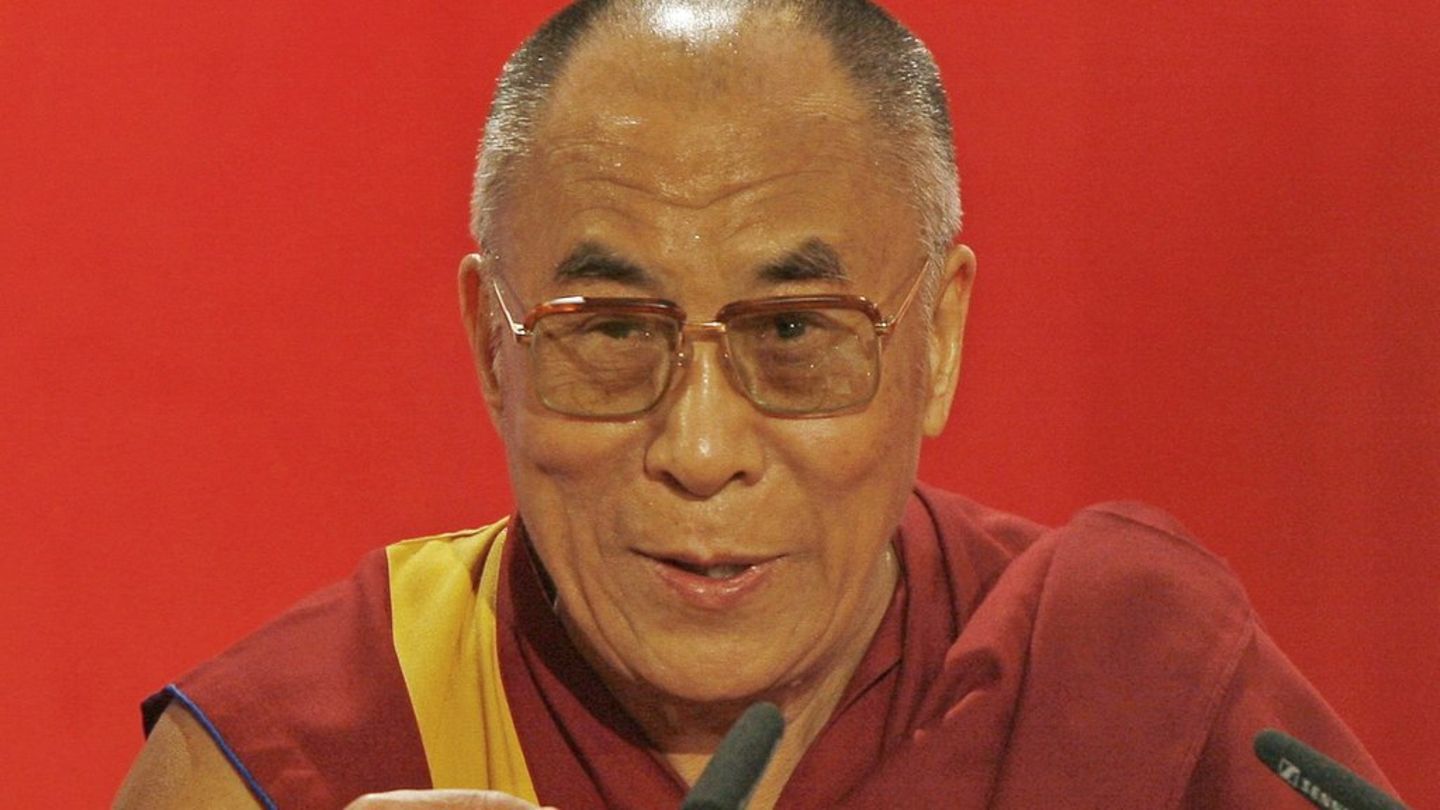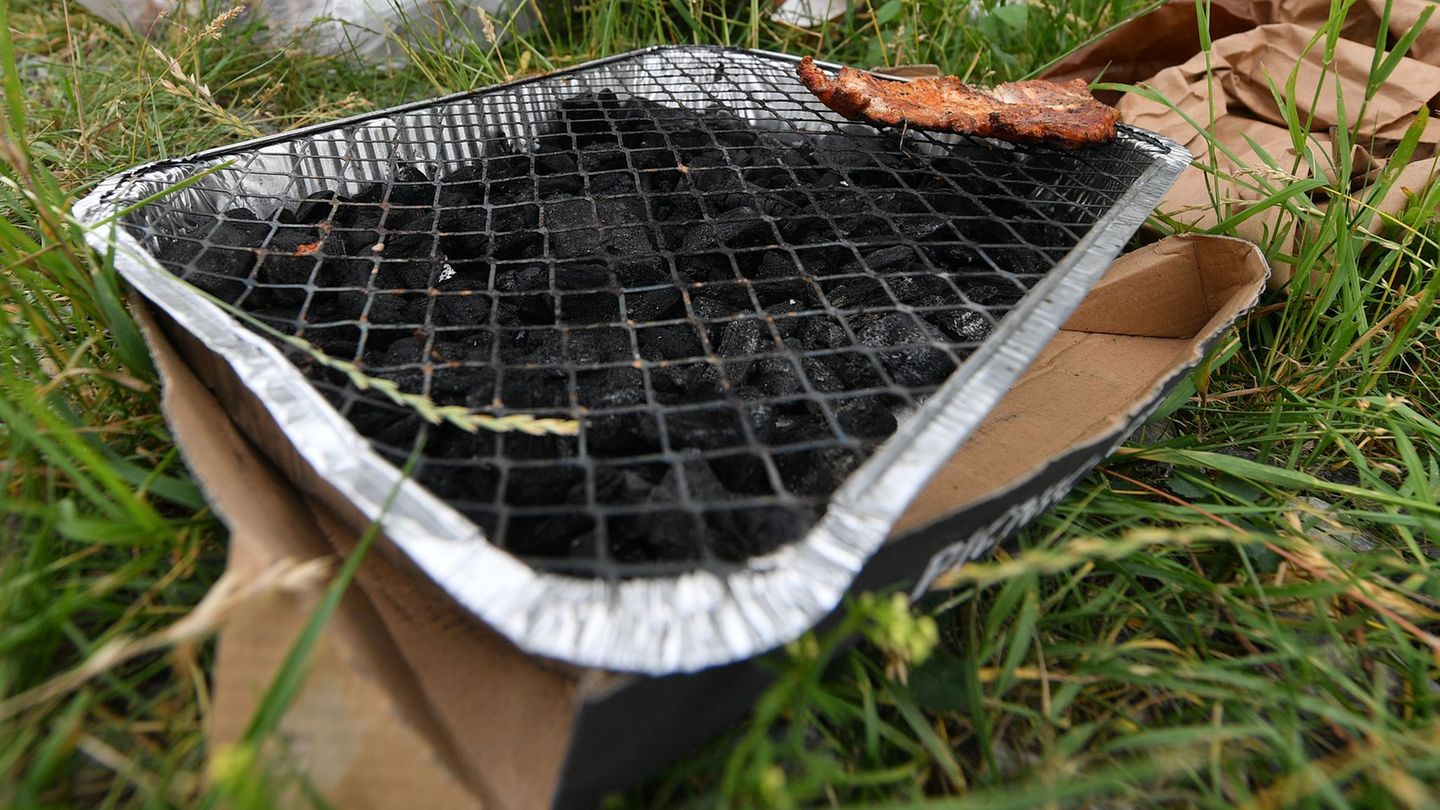Image: E Control
The risk of this has not increased in recent years. Some of the gas tariffs currently on offer are already cheaper than existing tariffs, while electricity is not quite there yet.
Although more electricity was imported to Austria in 2022, there was never a risk that Austria’s electricity requirements would not be covered, Haber said in an interview with APA. “There is no immediate risk of a shortage of electricity or gas for the next few months either.”
The EU has gas storage capacities of around 1,100 terawatt hours and consumes around 3,600 TWh a year, explained Johannes Mayer, head of the economics department at E-Control. “At the beginning of winter, Austria had actually stored around 46 TWh from Austrian companies and strategic reserves. That is around 50 percent of our annual consumption in Austria. Around 70 percent of the gas is consumed in winter,” says Mayer. “A lot has to happen dramatically for it to get tight.”
When it comes to electricity, E-Control’s outlook extends to 2030
When it comes to electricity, E-Control’s forecast extends to 2030. Based on the Renewables Expansion Act, an additional 27 terawatt hours of electricity are to be generated in order to completely cover Austria’s needs from renewable sources. “In order to generate an additional 27 TWh, the power plant park must be increased from 24,000 MW to 40,000 MW,” said Haber. Based on these considerations, by 2030 the Austrian power plant capacity will consist of 86 percent renewable energies, and 14 percent will still come from thermal power plants, “because we have seasonal fluctuations. We can typically export the increased electricity production abroad between March and September, while we from October to February we also have the thermal power plants in use and also import from abroad to cover our supply.”
In 2022, low gas storage levels at the beginning of the year and the shortage of available gas from Russia, but also the need to achieve gas storage targets, triggered a real “gas price rally” that led to high gas prices, Haber explained. In August 2022, spot prices in the Austrian wholesale trade for gas averaged EUR 231 per MWh – 432 percent more than in August 2021.
Due to declines in European production of nuclear and hydroelectric power, electricity generation from gas has increased to provide the energy needed. As a result, wholesale electricity prices continued to rise. They were already at a high level by the end of 2021 due to the increased demand for electricity after the end of the lockdown measures. This development peaked in August 2022, with an average wholesale electricity price of EUR 494 per MWh.
“Electricity prices will continue to rise for a long time”
“That is, allocated to household customers, 49.4 cents for the product alone. In 2020/21 it was 6 cents.” In the past, the pure electricity price made up about a third of the total price, Mayer explained, “that is, one third grid, one third energy, one third taxes. Today it’s more the case that energy makes up 50 percent or even a little more.”
In the meantime, however, the gas market has relaxed due to the achievement of the gas storage targets and the mild winter temperatures, which has also led to a reduction in wholesale electricity prices. However, gas prices are still above the pre-crisis level and generating electricity from gas is more expensive than before the crisis. “That’s why higher electricity prices have to be expected for a long time to come,” says Haber.
“It is already the case that the cheapest gas prices that you get on the market are a lot cheaper than the existing tariffs,” said Mayer. “Since the beginning of February at the latest, you’ve been able to get better tariffs on the market than what an old contract typically provided. It’s not that far with electricity. The average of the existing tariffs is still slightly better than the best that you can find can get on the market.” When it comes to electricity, there is “still room for improvement”. But even with gas, it should go further down, says Mayer. “That’s why we assume that there will still be a lot going on in the next few weeks.”
Haber emphasized that there was no sign of an increased risk of blackouts. “It’s not good to stir up fear with such discussions.” The network operators had major disruption concepts and exercises had shown that even large-scale power failures could be repaired after 12 to 36 hours. In Austria there are a number of “black start-capable” power plants, typically small run-of-river power plants, which can be very easily connected to the grid again without an external energy supply.
Source: Nachrichten




